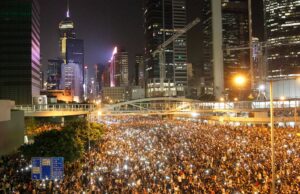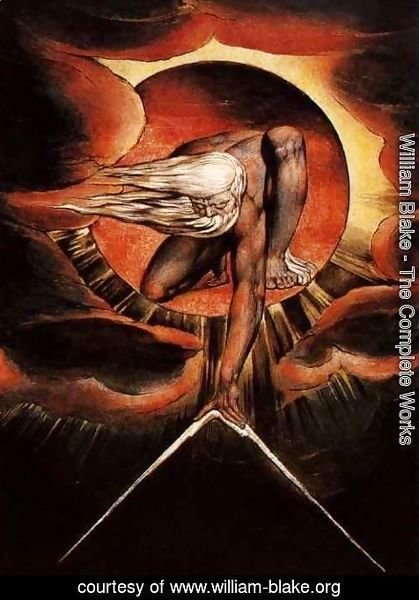Kelsey Neufeld
Twitter is a popular social media outlet that is used by people all around the world. Even though the source only allows a measly 140 word limit and the option to post photo and video, it has become a very powerful news spreading network. Although this widely viewed news source is briefly read it is very rarely truthful or accurate, and it has taken the world of news by storm. As you scroll through twitter with the mindset that not everything is true, it is very evident that fake news is all around us. Many studies have shown that false news is proven to spread way faster and get retweeted more often than correct news in any shape or form with real news taking six times as long to reach twitter users in comparison to fake news (Fox).
A research study was conducted by MIT’s Soroush Vosoughi, after the 2013 Boston Marathon bombings. Most of the general population go to twitter for updates on tragedies like this one to try and find out what has happened and why. Vosoughi decided to check out the feed on twitter stating that “twitter became our main source of news, I realized that a good chunk of what I was reading on social media was rumors.” Him and his colleagues used a variety of websites that sort out fake articles from true ones and found that out of 126,000 stories, false news stories were tweeted 70 percent more frequently than real stories (Meyer). Fake news in events like this can be very heartbreaking for loved ones of the victims, and any false names released or incorrect information can have a lasting effect on families affected.




